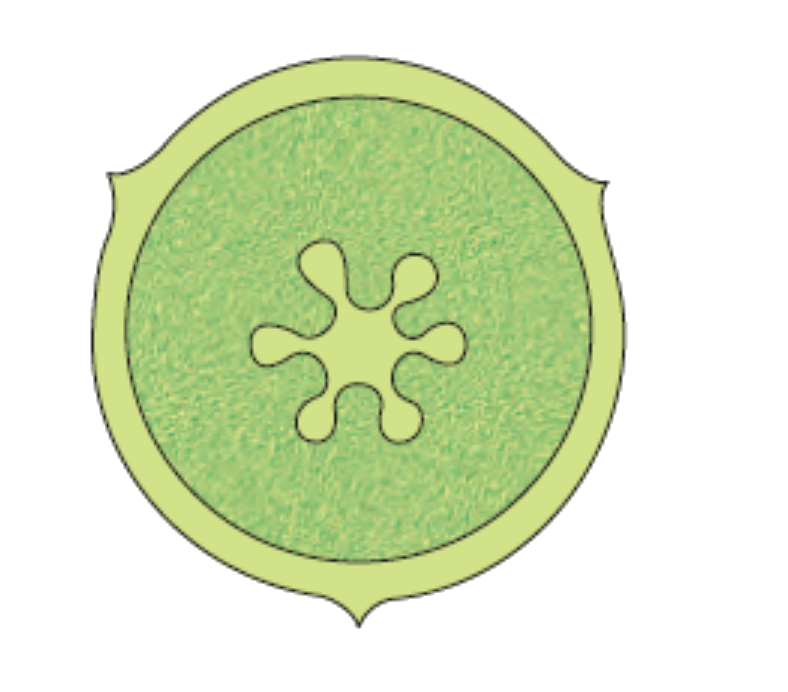In which type of placentation, the ovules develop on the inner wall of the ovary :-
Marginal
Parietal
Axile
Free central
The correct Answer is:B
Step-by-Step Solution:
1. Understanding the Question: The question asks about the type of placentation where ovules develop on the inner wall of the ovary.
2. Defining Placentation: Placentation refers to the arrangement of ovules within the ovary. It is crucial for connecting the ovary to the ovules.
3. Identifying Types of Placentation: There are six main types of placentation:
- Marginal
- Parietal
- Axile
- Free central
- Superficial
- Basal
4. Analyzing Each Type:
- Marginal Placentation: Ovules are lined up along a ridge on one side of the ovary. This does not fit the requirement as it is not on the inner wall.
- Parietal Placentation: This occurs in multi-carpillary, unilocular, or syncarpous ovaries where the ovules develop on the inner walls or periphery of the ovary. This matches the requirement of the question.
- Axile Placentation: In this type, the placenta forms a central column and ovules are attached near the placenta, not on the inner wall.
- Free Central Placentation: Here, ovules are attached to a central axis, which again does not satisfy the question's criteria.
- Superficial and Basal Placentation: These types also do not involve ovules developing on the inner wall of the ovary.
5. Conclusion: Based on the analysis, the correct type of placentation where ovules develop on the inner wall of the ovary is Parietal Placentation.
Final Answer: Parietal Placentation
---
- Marginal
- Parietal
- Axile
- Free central
- Superficial
- Basal
- Marginal Placentation: Ovules are lined up along a ridge on one side of the ovary. This does not fit the requirement as it is not on the inner wall.
- Parietal Placentation: This occurs in multi-carpillary, unilocular, or syncarpous ovaries where the ovules develop on the inner walls or periphery of the ovary. This matches the requirement of the question.
- Axile Placentation: In this type, the placenta forms a central column and ovules are attached near the placenta, not on the inner wall.
- Free Central Placentation: Here, ovules are attached to a central axis, which again does not satisfy the question's criteria.
- Superficial and Basal Placentation: These types also do not involve ovules developing on the inner wall of the ovary.
Topper's Solved these Questions
Similar Questions
Knowledge Check
Assertion:The placentation in which the placenta forms a ridge along the ventral suture of ovary and ovules are borne on this ridge forming two rows is called parietal placentation.
Reason:The marginal placentation has ovules developed on the inner wall of the ovary or on peripheral part.AIf both assertion and reason are true and reason is the correct explanation of assertion.BIf both assertion and reason are true but reason is not the correct explanation of assertion.CIf assertion is true but reason is false.DIf assertion and reason are false.The wall of the ovary forms
ApericarpBfruit wallCfruitDboth (a) and (b).
In unilocular ovary the ovules develop on the inner wall of ovary . Placentation can be
View SolutionIn marigold, the type of placentation is called
View SolutionAfter fertilization the ovary develops into
View SolutionThe type of placentation shown in the given diagram is

View SolutionThe arrangement of the ovules on the placenta developed from the central axis of the ovary is called
View SolutionThe inner part of stroma of ovary is
View Solution
